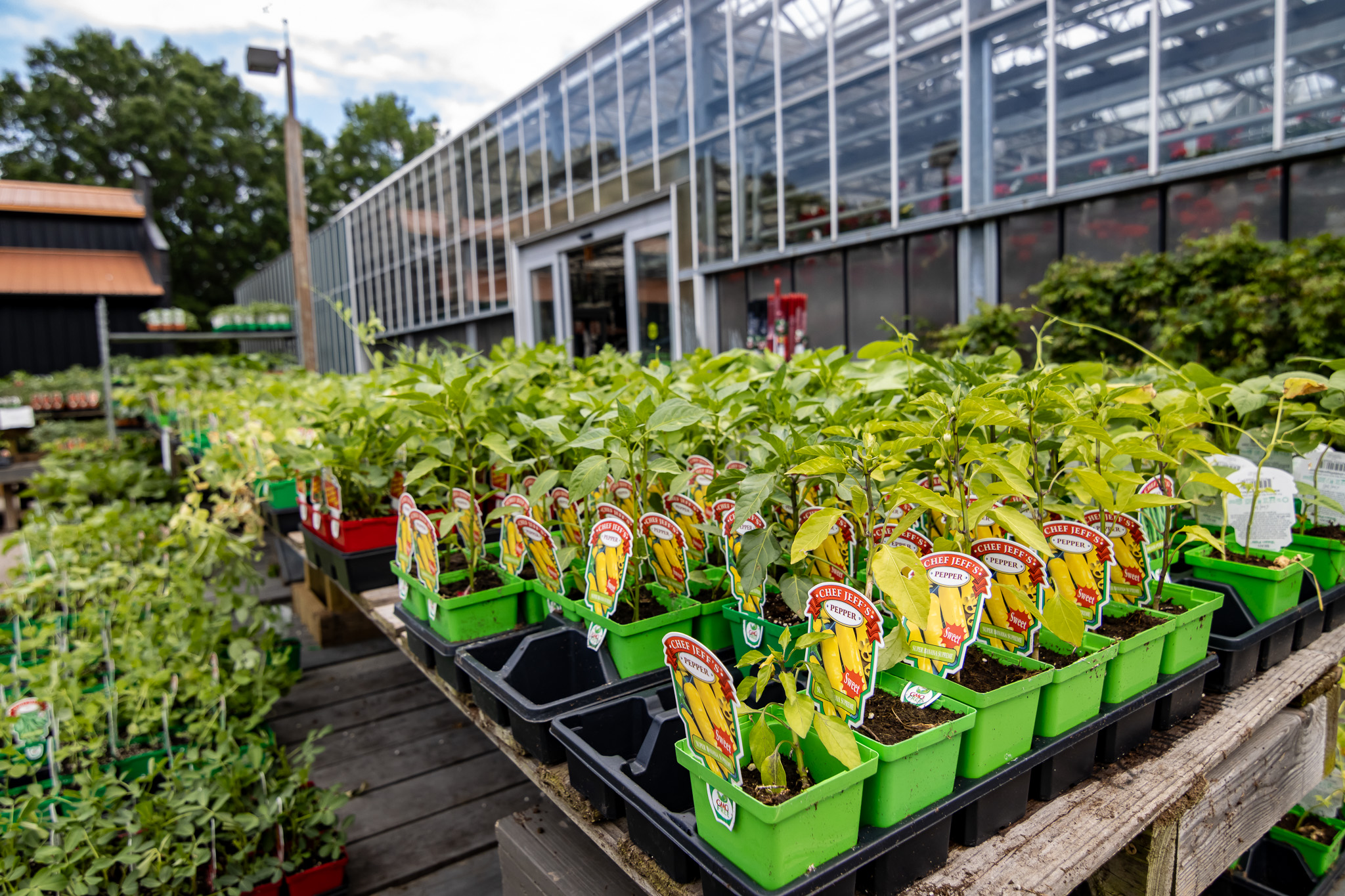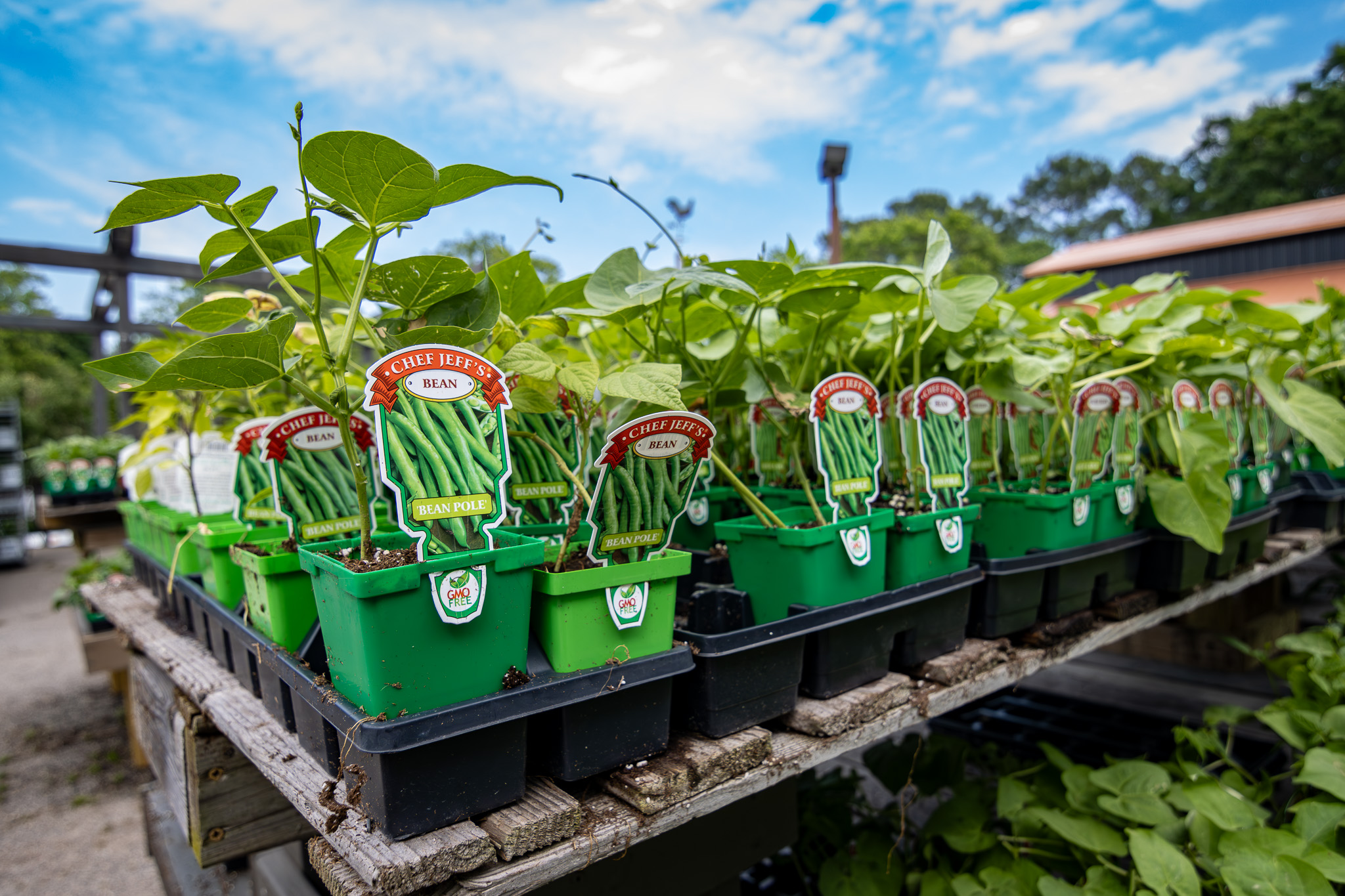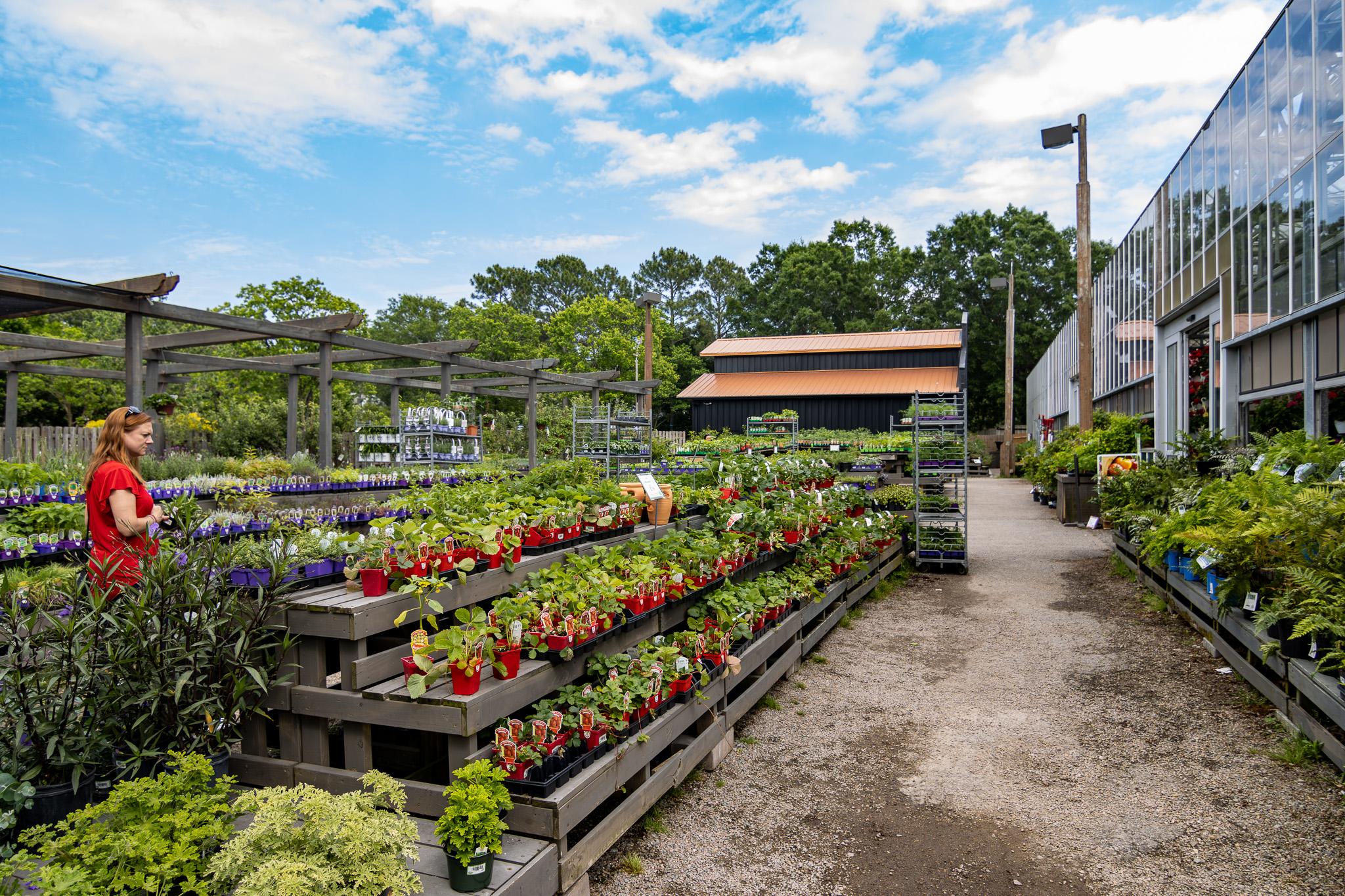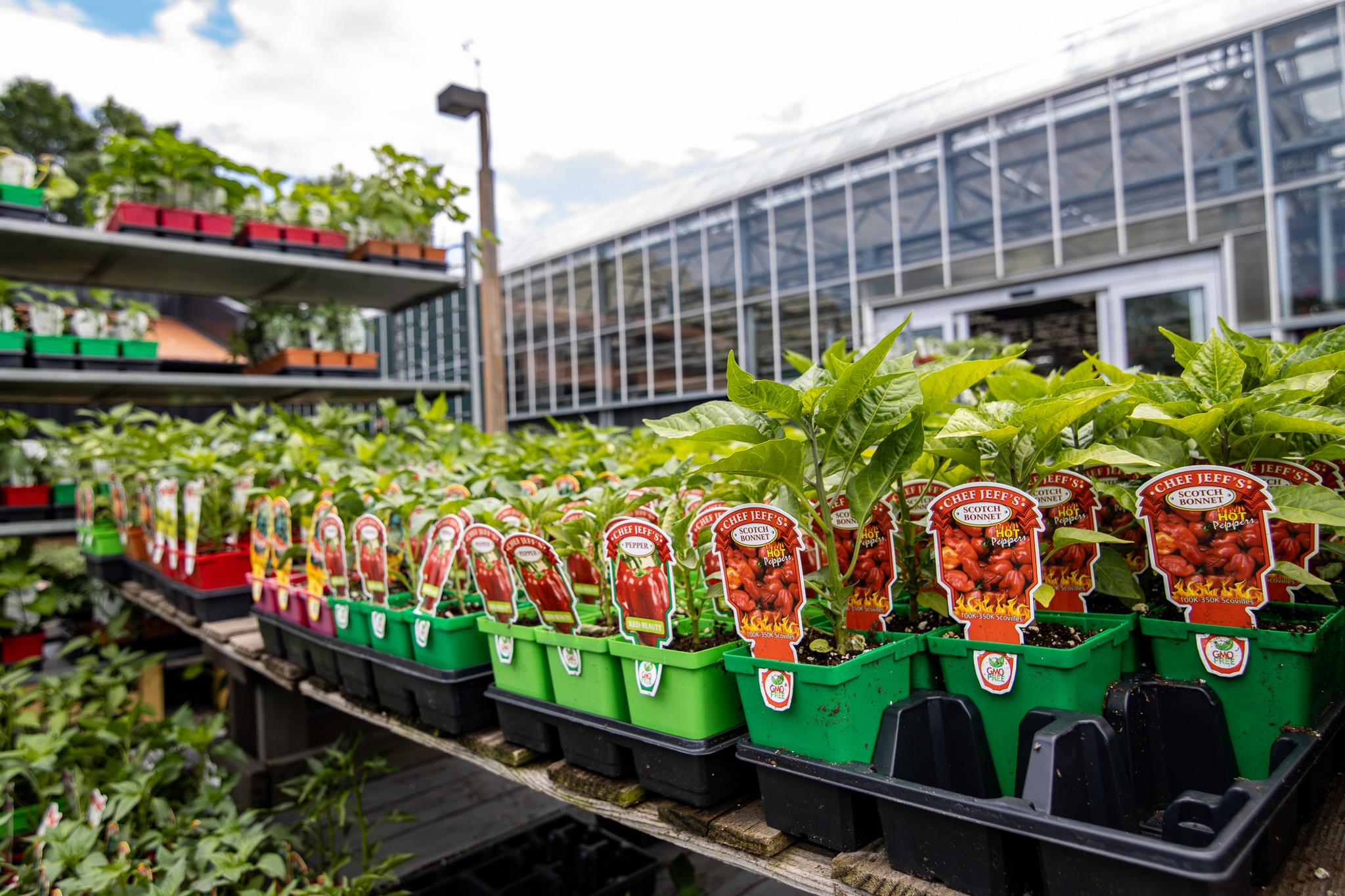There’s nothing quite like snipping fresh herbs from your backyard or picking a ripe tomato you grew yourself. Starting a vegetable garden might feel overwhelming at first, but it’s easier than you think. It doesn’t matter if you're growing in containers, raised beds, or a small plot in the yard, here’s a simple, no-fuss guide to get you started.




Start Small, Dream Big
It’s easy to get excited and want to grow all the things, but keeping it small makes the whole experience more enjoyable. A raised bed, a few containers, or a 4x8 plot is more than enough to get going. Pick a handful of veggies you know you'll eat, and you’re off to a great start. But, it’s important to note that vegetables are sun-lovers. Look for a spot in your yard that gets at least 6 hours of sunlight a day, if you don’t think you have a spot like that, but still want a veggie garden, chat with our green team in store about options to get you growing.
Choose Your Starter Veggies
Starting with the right plants can make or break your first gardening experience. These tried-and-true veggies are beginner-friendly, high-yielding, and downright fun to grow. You don’t need a massive space, either, many of these do just fine in raised beds or containers.
- Tomatoes - The unofficial mascot of home gardening. Cherry tomatoes are especially forgiving, ripening quickly and producing loads of fruit. Try varieties like ‘Sweet 100’ or ‘Sun Gold’ if you want sweet, snackable treats right off the vine. Larger slicing tomatoes like ‘Celebrity’ or ‘Better Boy’ are great for sandwiches and sauces. Give them support with a cage or stake, and you’ll be rewarded all summer long.
- Peppers - Peppers thrive in sunny spots and look great in containers. Sweet bell peppers like ‘California Wonder’ are classic, while ‘Lunchbox’ peppers offer a smaller, snack-sized option. Hot peppers like jalapeños and banana peppers are also simple to grow if you like a little kick in your cooking. Just remember—they love the heat, so wait until the weather warms up.
- Cucumbers - Crisp, refreshing, and fast-growing. Cucumbers come in two main types: bush varieties like ‘Spacemaster’ that stay compact and fit easily in containers, and vining types like ‘Straight Eight’ that climb and give you a bigger harvest. A trellis can help save space and keep fruit clean. Harvest early and often for the best flavor and fewer seeds.
- Green Beans - An easy win for any garden. Choose bush beans for tidy plants that don’t need support, or pole beans if you want vertical growth and an extended harvest window. ‘Provider’ is a dependable bush variety, while ‘Kentucky Wonder’ is a beloved pole bean. Beans germinate quickly and produce loads of crunchy pods. Plus, they’re great for kids to pick.
Now that you’ve picked what veggies you want to grow, it’s time to take care of them! Consider the following when planting up your edible garden:
Build Good Soil - Healthy soil is the foundation of a productive garden. Mix in compost to add nutrients and improve texture of existing soil or use a high-quality potting mix like our Natural & Organic Potting Mix for your potted veggies. Loose, well-draining soil helps roots grow strong and steady. You can also add mulch to keep weeds in check and lock in moisture.
Water Like You Mean It - Vegetables thrive on consistent moisture (about an inch of water per week is a good rule of thumb). But it’s not just about how much you water, it’s how you do it. Aim for deep, thorough watering to encourage strong root growth and drought resilience. Mornings are best: the sun helps dry off any excess moisture, reducing the risk of fungal issues and other diseases.
Feed & Mulch - A balanced veggie plant food will either get them off to a good start when first planting or keep them growing strong all season. Here is one of our favorite options
Watch for Party Crashers - Pests and weeds will try to move in, but you’ve got this. A quick daily check helps catch issues early. Mulch helps with weeds, and for bugs, try natural options like neem oil or insecticidal soap. Our Garden Pharmacy desk can help you with specific problems if you’re not sure what to target. Remember, it’s always better to be preventative rather than curative!
Harvest Time is the Best Time
There is nothing like eating something you grew yourself. Pick veggies regularly to keep them producing anew, and don’t be afraid to try new recipes! That first tomato sandwich or cucumber salad hits differently when the ingredients came from your own backyard.
Your veggie garden doesn’t have to be perfect. It just has to be yours. Start small, stay curious, and don’t be afraid to ask questions (we’ve got plenty of answers). Before long, you’ll be the one sharing extra tomatoes with the neighbors and wondering why you didn’t start sooner. To stay inspired and grow with us, follow us on Facebook, Instagram, Pinterest, and TikTok to dig into the joys of gardening!
